RESEARCH TOPICS
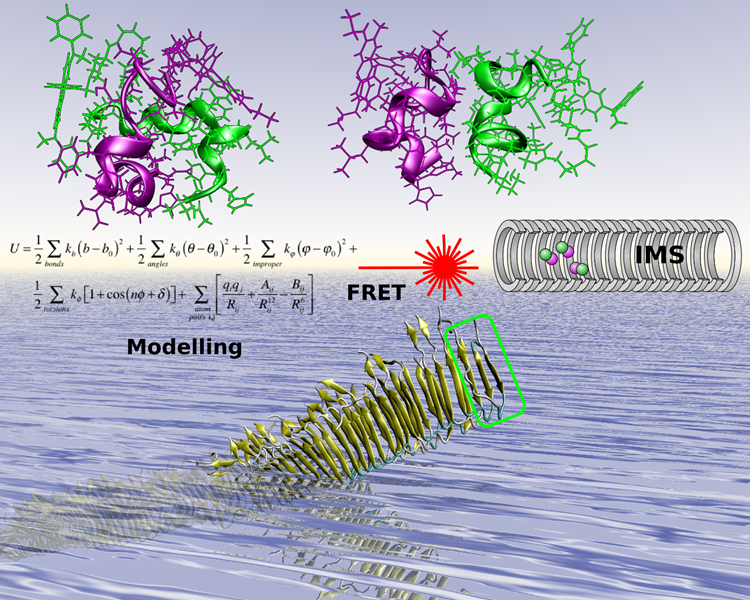
Gas phase structural biology
Coupling of mass spectrometry with optical spectroscopy and ion mobility has a strong international recognition. It is a part of a comprehensive approach to structural biology by allowing the study conformational and dynamics of protein in a controlled environment. With ion mobility spectrometry, a new optical method developed by the team and named Action-FRET (Förster Resonant Energy Transfer), which uses mass spectrometry to detect the resonant transfer of energy, permits to characterize the conformation of the protein complexes in two orthogonal dimensions.
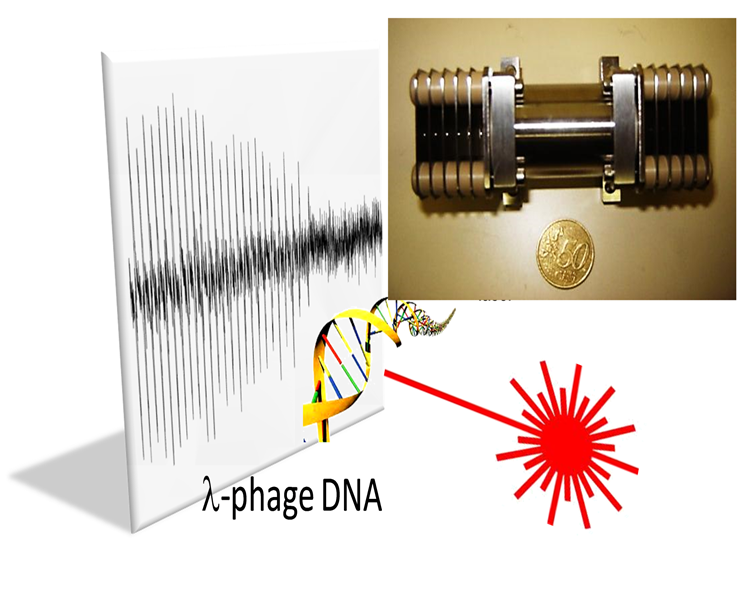
Megadalton Mass Spectrometry
Charge detection devices are used to weight and manipulate single particles in the MegaDalton mass range. Applications concern protein fibrils, colloids, polymers nanoparticles and hybrid nanoparticles in the megadalton to gigadalton mass range.The measurement of photo-fragmentation (using CO2 lasers) of single particles provides information on the conformation of bio-macropolymers and on self-assembly mechanisms.
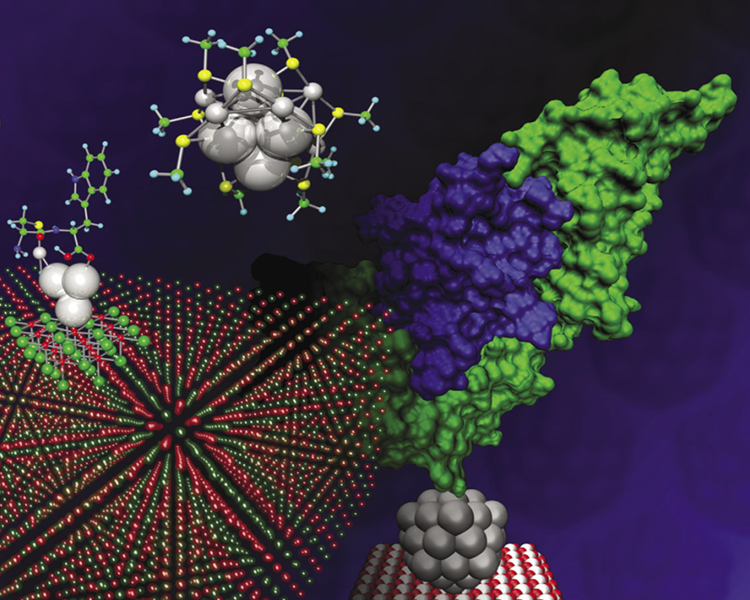
Metal nanoclusters
Unique optical, structural and electronic properties of low nuclearity liganded noble metal nanoclusters have brought significant attention. These properties make them interesting in the context of application as biosensors and reactive intermediates. For liganded metal nanoclusters, we are developing cutting-edge synthesis and MS-based characterization and are interested in studying their optical (both linear and nonlinear optics) properties and reactivity (metal mediated chemistry relevant to catalysis, and supramolecular chemistry).
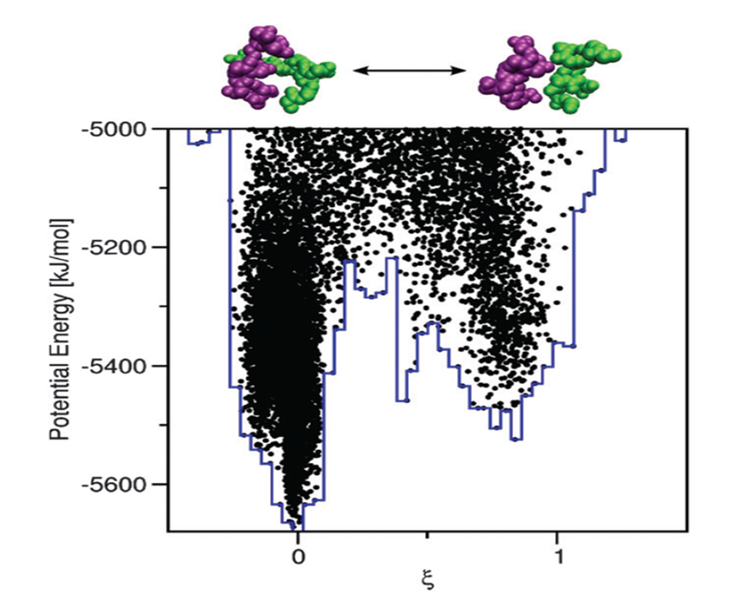
Molecular calculations and simulations
We are using various Monte Carlo and molecular dynamics methods to explore efficiently protein conformational landscape including calculations in generalized ensembles and metadynamics. TDFT and ab initio are used to interpret optical spectra and relaxation processes..
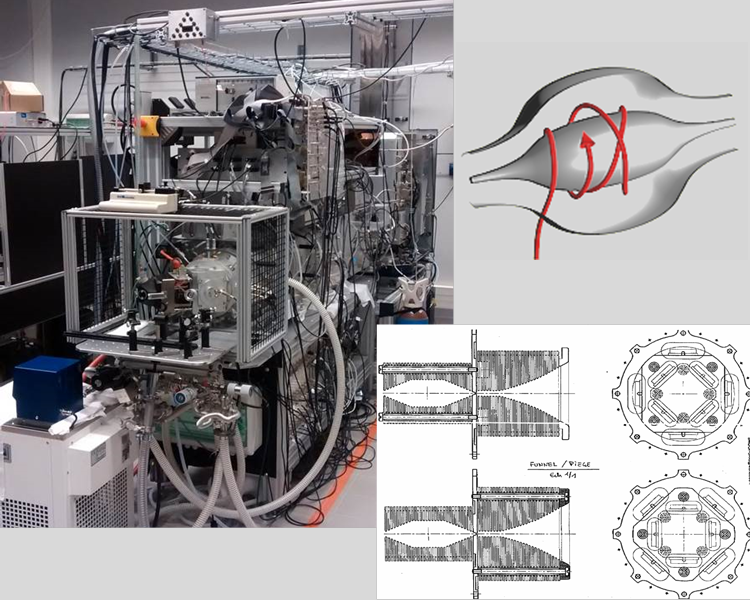
Instrument development and analytical methods
Coupling of lasers with mass spectrometers (linear ion traps, orbitrap, triple quadrupoles, charge detection devices) and ion mobility is used to fragment (action-FRET) and sequence biomolecules (ultra violet photo dissociation-UVPD, electron photodetachment dissociation - EPD) and to quantify proteins (photo-SRM).
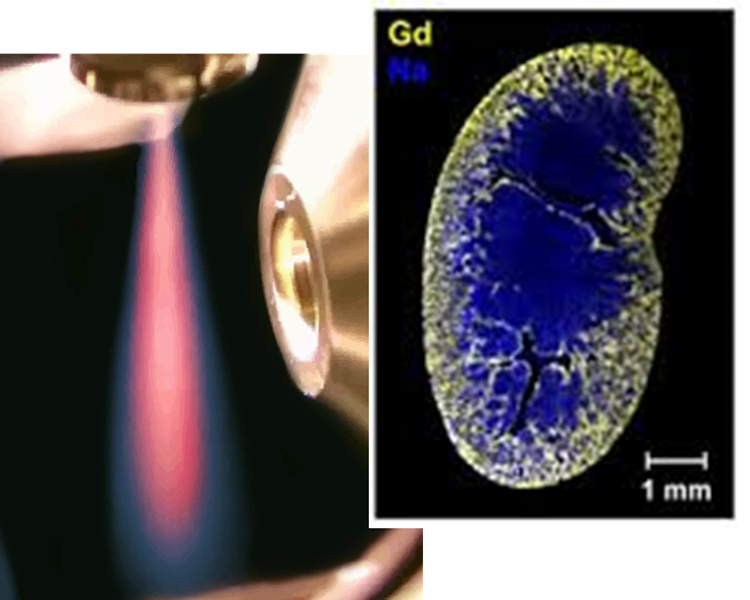
Fluorescence spectroscopy and LIBS for materials and live imaging
Mapping of biological tissues and inorganic materials (glass, minerals) by Laser-induced Breakdown Spectroscopy (LIBS) and linear/nonlinear optical imaging. LIBS allows a basic mapping of heterogeneous samples. Fluorescence strategies using chromic dyes are also used to study physico-chemical properties of droplets and nanobubbles.

















